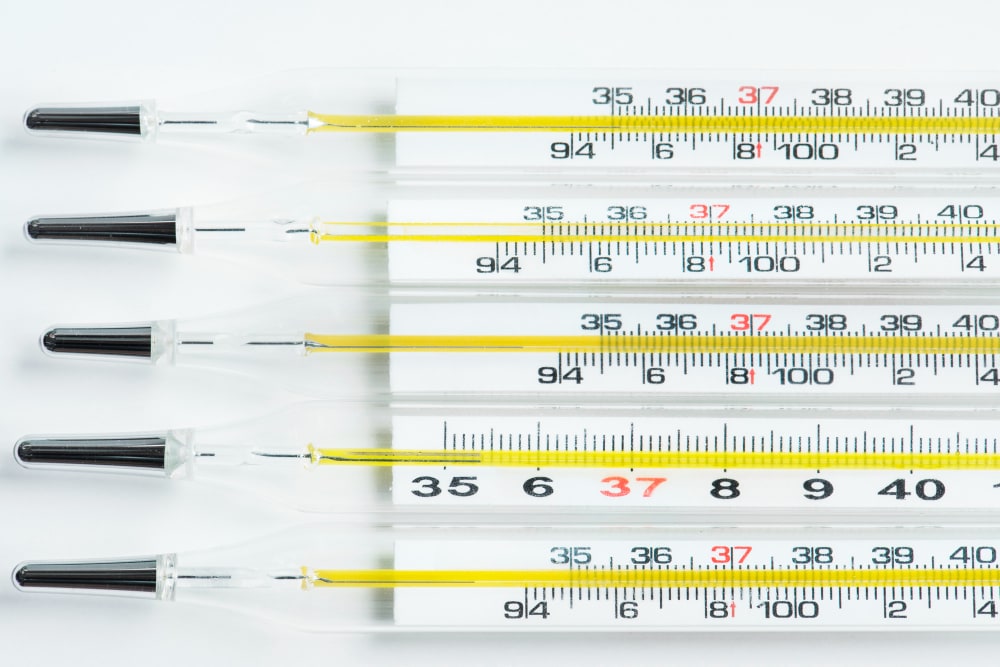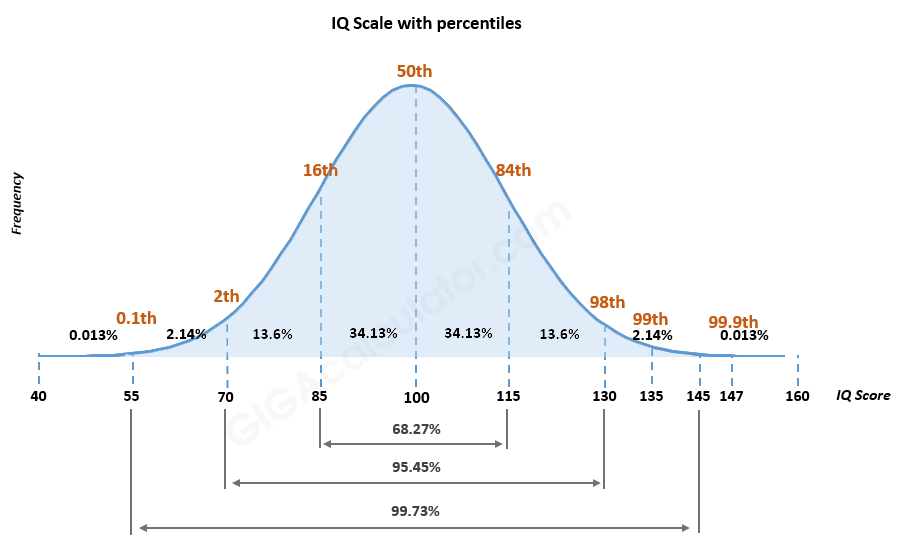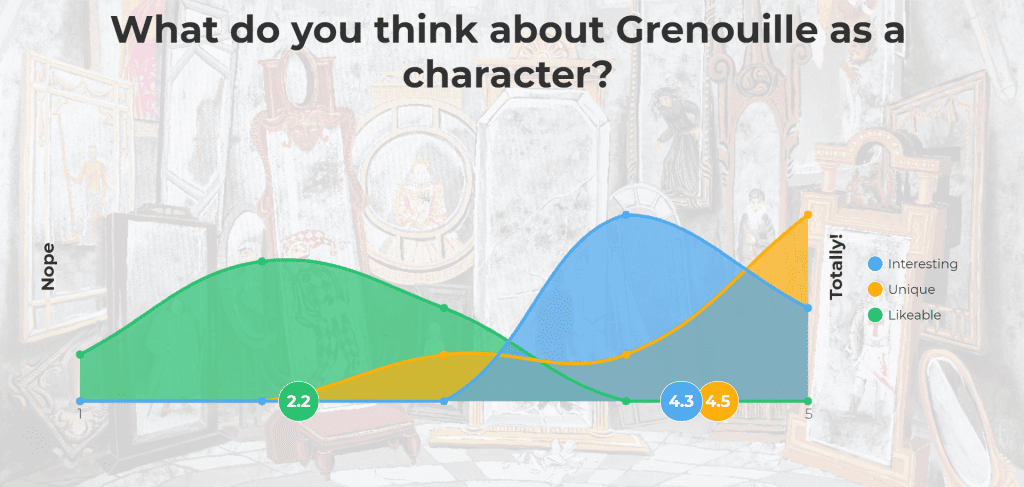Dzisiaj zagłębimy się w koncepcję pomiar skali interwałowej — kamień węgielny w świecie statystyki, który może wydawać się skomplikowany, ale jest niezwykle interesujący i zaskakująco istotny w naszym codziennym życiu.
Od sposobu, w jaki określamy czas, po sposób, w jaki mierzymy temperaturę, skale interwałowe odgrywają kluczową rolę. Rozwikłajmy tę koncepcję razem, zagłębiając się w jej istotę, unikalne cechy, porównania z innymi skalami i przykłady z prawdziwego świata!
Spis treści
- Co to jest pomiar w skali interwałowej?
- Kluczowa charakterystyka pomiaru w skali interwałowej
- Przykłady pomiarów w skali interwałowej
- Porównanie skal interwałowych z innymi typami skal
- Podnieś poziom swoich badań dzięki interaktywnym skalom ocen
- Podsumowanie
Wskazówki dotyczące skutecznej ankiety
Co to jest pomiar w skali interwałowej?
Pomiar w skali interwałowej to rodzaj skali pomiaru danych stosowanej w statystyce i badaniach w celu ilościowego określenia różnic między jednostkami. Jest to jeden z czterech poziomów skal pomiarowych, obok skal nominalnych, ilorazowych i przykład skali porządkowej.

Jest to naprawdę przydatne w wielu dziedzinach, takich jak psychologia, nauczanie i badanie społeczeństwa, ponieważ pozwala nam mierzyć takie rzeczy, jak inteligencja danej osoby (wskaźnik IQ), temperatura otoczenia lub daty.
Kluczowa charakterystyka pomiaru w skali interwałowej
Pomiar w skali interwałowej ma charakterystyczne cechy, które odróżniają go od innych typów skal pomiarowych. Zrozumienie tych cech jest kluczowe dla prawidłowego wykorzystania skal przedziałowych w badaniach i analizie danych. Oto najważniejsze funkcje:
Wszędzie równe kroki (równe odstępy):
Wielką zaletą skal interwałowych jest to, że odstęp między dowolnymi dwiema liczbami obok siebie jest zawsze taki sam, niezależnie od tego, gdzie się znajdujesz na skali. Dzięki temu bardzo przydatne jest porównanie, w jakim stopniu jedna rzecz jest porównywana z drugą.
- Na przykład, jeśli chodzi o temperaturę, skok z 10°C do 11°C jest taki sam, jak skok z 20°C do 21°C.
Zero jest tylko symbolem zastępczym (dowolny punkt zerowy):
W przypadku skal interwałowych zero nie oznacza „niczego tam nie ma”. To po prostu punkt, który został wybrany do rozpoczęcia liczenia, w przeciwieństwie do niektórych innych skal, gdzie zero oznacza, że czegoś całkowicie brakuje. Dobrym przykładem jest że 0°C nie oznacza, że nie ma temperatury; oznacza to tylko, że wtedy woda zamarza.

Tylko dodawanie i odejmowanie:
Możesz użyć skali interwałowej, aby dodać lub odjąć liczby, aby ustalić różnicę między nimi. Ale ponieważ zero nie oznacza „żadnego”, nie możesz użyć mnożenia lub dzielenia, aby powiedzieć, że coś jest „dwa razy cieplejsze” lub „połowa zimniejsze”.
Nie można mówić o proporcjach:
Ponieważ zero na tych skalach nie jest tak naprawdę zerem, mówienie, że coś jest „dwa razy większe” nie ma sensu. Dzieje się tak, ponieważ brakuje nam prawdziwego punktu wyjścia, który oznacza „żaden”.
Liczby, które mają sens:
Na skali interwałowej wszystko jest w porządku i można dokładnie określić, o ile więcej jest jednej liczby w porównaniu z drugą. Pozwala to badaczom organizować pomiary i rozmawiać o tym, jak duże lub małe są różnice.
Przykłady pomiarów w skali interwałowej
Pomiar w skali interwałowej umożliwia ilościowe określenie i porównanie różnic między elementami z równymi odstępami między wartościami, ale bez prawdziwego punktu zerowego. Oto kilka przykładów z życia codziennego:
1/ Temperatura (Celsjusz lub Fahrenheit):
Skale temperatur są klasycznymi przykładami skal interwałowych. Różnica temperatur między 20°C a 30°C jest równa różnicy między 30°C a 40°C. Jednak 0°C lub 0°F nie oznacza braku temperatury; to tylko punkt na skali.
2/ Wyniki IQ:
Wyniki ilorazu inteligencji (IQ) są mierzone w skali interwałowej. Różnica między wynikami jest stała, ale nie ma prawdziwego punktu zerowego, w którym inteligencja jest nieobecna.

3/ Lata kalendarzowe:
Kiedy używamy lat do pomiaru czasu, pracujemy ze skalą interwałową. Luka między 1990 a 2000 jest taka sama jak między 2000 a 2010, ale brak roku „zerowego” oznacza brak czasu.
4/ Pora dnia:
Podobnie, czas dnia w zegarze 12-godzinnym lub 24-godzinnym jest pomiarem interwałowym. Interwał między 1:00 a 2:00 jest taki sam jak między 3:00 a 4:00. Północ lub południe nie oznaczają braku czasu; to tylko punkt w cyklu.
5/ Standaryzowane wyniki testów:
Wyniki testów takich jak SAT lub GRE są obliczane na podstawie skali interwałowej. Różnica punktów między wynikami jest równa, co pozwala na bezpośrednie porównanie wyników, ale wynik zero nie oznacza „braku wiedzy” lub umiejętności.

Przykłady te ilustrują, w jaki sposób skale interwałowe są wykorzystywane w różnych aspektach życia codziennego i w badaniach naukowych, umożliwiając precyzyjne porównania bez polegania na prawdziwym punkcie zerowym.
Porównanie skal interwałowych z innymi typami skal
Nominalna skala:
- Co robi: Po prostu dzieli rzeczy na kategorie lub nazwy, nie mówiąc, co jest lepsze lub ma więcej.
- Przykład: Rodzaje owoców (jabłko, banan, wiśnia). Nie można powiedzieć, że jabłko jest „czymś więcej” niż banan; są po prostu inne.
Skala porządkowa:
- Co robi: Klasyfikuje rzeczy w kolejności, ale nie mówi nam, o ile jedna jest lepsza lub gorsza od drugiej.
- Przykład: Pozycje w wyścigu (1., 2., 3.). Wiemy, że 1. miejsce jest lepsze od 2., ale nie o ile.
Skala interwałowa:
- Co robi: Nie tylko porządkuje rzeczy w kolejności, ale także mówi nam o dokładnej różnicy między nimi. Jednak nie ma prawdziwego punktu początkowego zera.
- Przykład: Temperatura w stopniach Celsjusza, jak wspomniano wcześniej.
Skala proporcji:
- Co robi: Podobnie jak skala interwałowa, klasyfikuje rzeczy i mówi nam o dokładnej różnicy między nimi. Ale ma też prawdziwy punkt zerowy, oznaczający „żadnego” tego, co mierzymy.
- Przykład: Waga. 0 kg oznacza brak ciężaru i można powiedzieć, że 20 kg jest dwa razy cięższe niż 10 kg.
Kluczowe różnice:
- Nominalny po prostu nazywaj lub etykietuj rzeczy bez żadnego porządku.
- Porządkowy porządkuje rzeczy, ale nie mówi, jak bardzo te porządki są od siebie oddalone.
- Przedział wyraźnie podaje nam odległość między punktami, ale nie zawiera prawdziwego zera, więc nie możemy powiedzieć, że coś jest „dwa razy” większe.
- Stosunek daje tak jak robi to cały przedział informacji, a ponadto ma on prawdziwe zero, więc możemy dokonywać porównań, takich jak „dwa razy tyle”.
Podnieś poziom swoich badań dzięki interaktywnym skalom ocen
Dzięki AhaSlides włączanie pomiarów do badań lub zbierania opinii nigdy nie było łatwiejsze Skale ocen. Niezależnie od tego, czy zbierasz dane na temat satysfakcji klienta, zaangażowania pracowników czy opinii odbiorców, AhaSlides oferuje przyjazną dla użytkownika platformę, która upraszcza proces. Możesz szybko tworzyć niestandardowe skale ocen, które idealnie pasują do Twojej ankiety lub badania. Ponadto funkcja informacji zwrotnej w czasie rzeczywistym AhaSlides umożliwia natychmiastową interakcję i zaangażowanie odbiorców, dzięki czemu zbieranie danych jest nie tylko wydajne, ale także angażujące.

🔔 Czy jesteś gotowy, aby podnieść poziom swoich badań dzięki precyzyjnym i interaktywnym skalom ocen? Zacznij już teraz, eksplorując AhaSlides' Szablony i rozpocznij swoją podróż do lepszych spostrzeżeń już dziś!
Podsumowanie
Wykorzystanie pomiaru skali interwałowej może naprawdę zmienić sposób, w jaki zbieramy i analizujemy dane w badaniach. Niezależnie od tego, czy oceniasz zadowolenie klienta, badasz zmiany w zachowaniu, czy śledzisz postępy w czasie, skale interwałowe zapewniają niezawodną i prostą metodę. Pamiętaj, że kluczem do odblokowania wnikliwych danych jest wybór odpowiednich narzędzi i skal do badania. Przyjmij pomiar skali interwałowej i przenieś swoje badania na wyższy poziom dokładności i wglądu.
Ref: formularze.aplikacja | GraphPad | PytaniePro







